
Donald Trump’s latest threat to impose an additional 100% tariff on Chinese goods is “a typical example of US double standards”, China’s government has said.
A commerce ministry spokesperson also said China could introduce its own unspecified “countermeasures” if the US president carries out his threat, adding it was “not afraid” of a possible trade war.
On Friday, Trump hit back at Beijing’s move to tighten its rules for rare earths exports, accusing it of “becoming very hostile” and trying to hold the world “captive”. He also threatened to pull out of a meeting with China’s President Xi Jinping later this month.
But on Sunday, Trump wrote: “Don’t worry about China, it will all be fine!”
“Highly respected President Xi just had a bad moment. He doesn’t want Depression for his country, and neither do I. The U.S.A. wants to help China, not hurt it!!!” Trump said in a post on social media, without elaborating further.
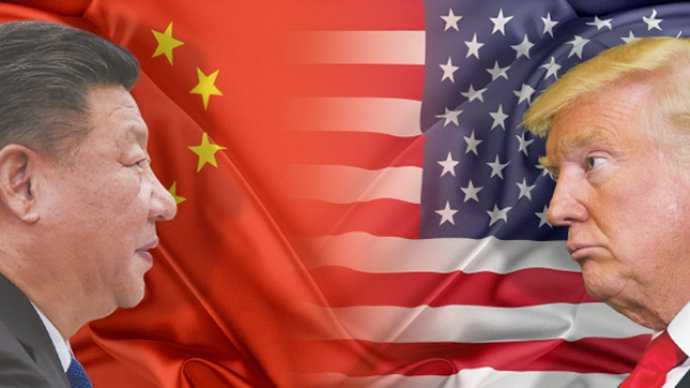
Trump’s comments on Friday rattled financial markets, with the S&P 500 share index closing down 2.7%, its steepest fall since April.
The president’s words renewed fears of a trade war between the US and China.
In May, the two sides had agreed to drop triple-digit tariffs on each others’ goods. which had raised the prospect of trade halting between the two countries.
This left US tariffs on Chinese goods facing an added 30% levy compared with the start of the year, while US goods entering China face a 10% tariff.
China’s response – released by the commerce ministry in the form of written responses to journalist’s questions – echoed language from the height of the recent trade conflict.
They criticised US export restrictions on chips and semi-conductors as well as defending China’s own export controls on rare earths as “normal actions” to safeguard national security and that of all nations.
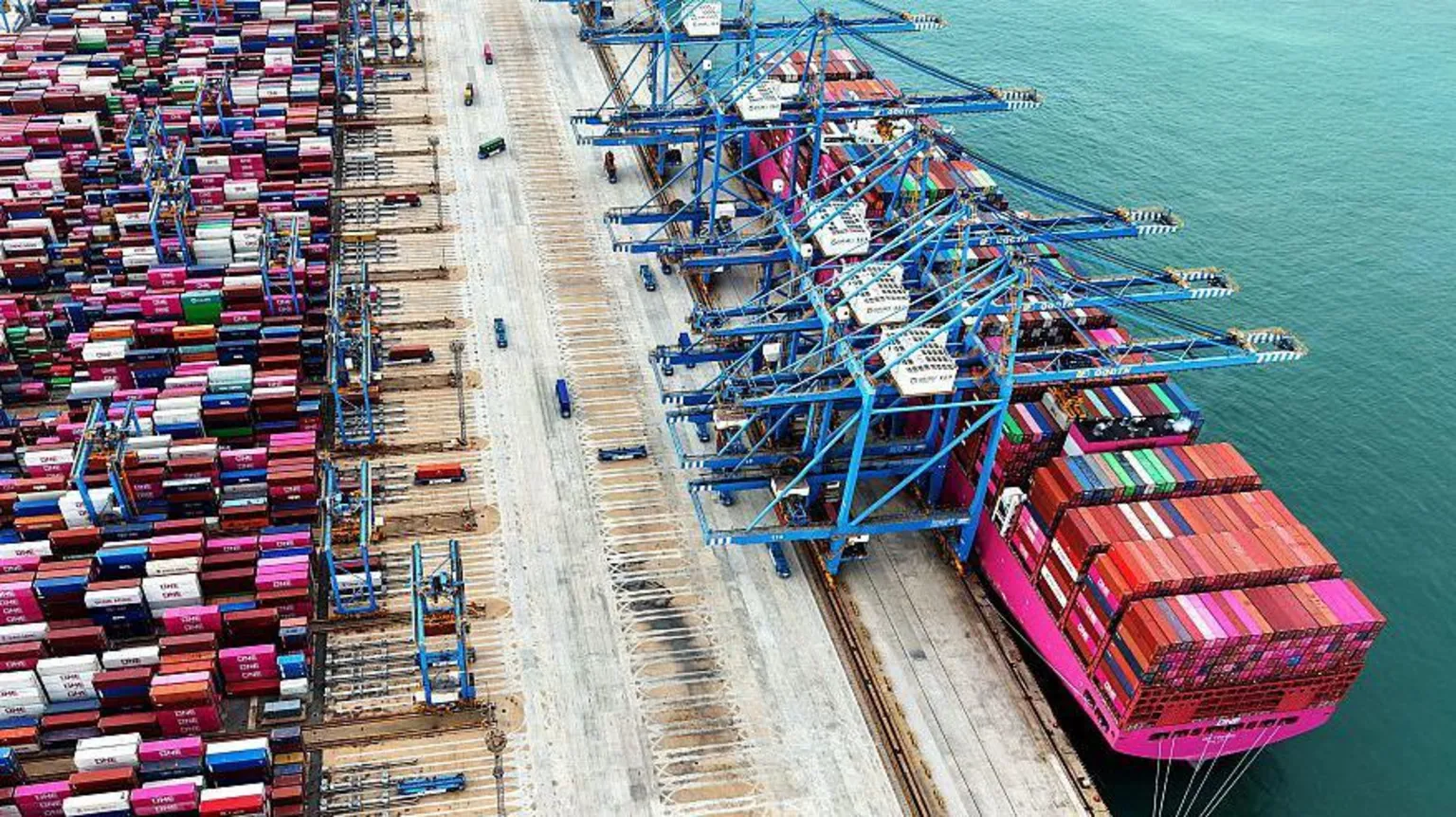
The spokesperson said that for “a long time”, the US had “overstretched the concept of national security, abused export control measures” and “adopted discriminatory practices against China”.
“Resorting to tariff threats is not the right way to engage with China,” the spokesperson said.
“China’s position on a tariff war has always been consistent: we do not want one, but we are not afraid of one.”
Last week, China announced it was tightening export controls on rare earths and other materials critical for advanced tech manufacturing.
This was seen as key move, as the country processes about 90% of the world’s rare earths, which are used in goods such as solar panels and smartphones.
The recent comments from Washington and Beijing are being seen by some as a means of strengthening positions ahead of future trade talks.
It is unclear whether a meeting between Trump and Xi, expected at a summit in South Korea later this month, will still proceed.
What tariffs has Trump announced and why?
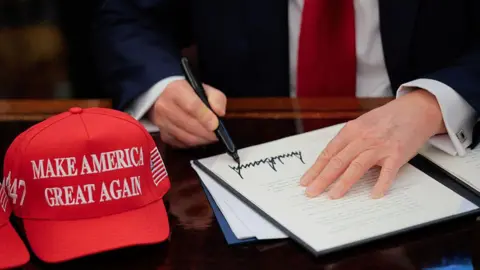
President Donald Trump has introduced tariffs on goods reaching the US from countries around the world.
Trump argues that the move will boost American manufacturing and create jobs, but critics warn of higher prices and damage to the global economy.
What are tariffs and how do they work?
Tariffs are taxes on imported goods.
Typically, the charge is a percentage of a good’s value.
For example, a 10% tariff on a $10 product would mean a $1 tax on top – taking the total cost to $11 (£8.13).
The tax is paid to the government by companies bringing in the foreign products.
These firms may pass some or all of the extra cost on to their customers, which in this case means ordinary Americans and other US businesses.
They may also decide to import fewer goods.

Why is Trump using tariffs?
Trump says tariffs will increase the amount of tax raised by the government, encourage consumers to buy more American-made goods and boost investment in the US.
He wants to reduce the US trade deficit – the gap between the value of goods it buys from other countries and those it sells to them.
The president argues that the US has been exploited by “cheaters” and “pillaged” by foreigners.
Trump has also used the taxes to make other demands.
For example, when announcing tariffs against China, Mexico and Canada, he said the countries must do more to stop migrants and illegal drugs reaching the US.
He has also threatened tariffs against countries trading with Russia, unless a deal to end the war in Ukraine is reached.
Many tariffs have been amended or delayed after being announced.
They have also faced numerous legal challenges.
In August, a US appeals court ruled that most tariffs announced by Trump were illegal.
The White House asked the Supreme Court to overturn the decision. It has confirmed it will hear arguments in the case in the first week of November.

What are Trump’s tariffs on individual countries?
A patchwork of different rates is in place. Together they have lifted the average US tariff from less than 2.5% at the start of 2025 to more than 18%, according to analysts.
Many tariffs stem from Trump’s announcement in April that a “baseline” of 10% would apply to imports from all countries. Nations considered the “worst offenders” would face higher rates, as payback for unfair trade policies.
New tariff rates for dozens of countries were introduced in August, after delays to allow for trade talks. They include:
- 50% tariffs on Indian goods – including a 25% penalty for trade with Russia
- 50% tariffs on Brazilian goods
- 30% tariffs on South African goods
- 20% tariffs on Vietnamese goods
- 15% tariffs on Japanese goods
- 15% tariffs on South Korean goods
Negotiations continue with a number of countries, including America’s top three trading partners – which have all been warned that they would face particularly high tariffs:
- China and the US had threatened tariffs of more than 100% on each other’s goods, but have extended a truce until November. This will allow time for further discussions about “unfair trade practices” and to address national security issues, the White House said
- Canada – which had faced tariffs of up to 35% – and the US are also continuing their negotiations. Canadian Prime Minister Mark Carney said his country would drop some retaliatory tariffs to “re-establish free trade for the vast majority” of goods
- Mexico was given a reprieve on tariffs of 30% or more until the end of October, to allow time to strike a deal.
What deals have the UK and EU made on tariffs?
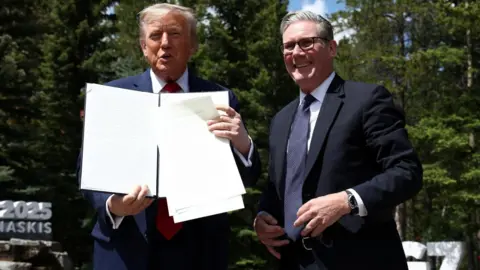 Reuters
ReutersAgreeing on 10%, the UKhas negotiated the lowest US tariff rate so far of any country that has struck a deal with Trump.
It exported about £58bn of goods to the US in 2024 – mainly cars, machinery and pharmaceuticals.
The 10% rate applies to the first 100,000 UK vehicles exported every year – roughly the number of cars sold in 2024. Additional vehicles face the standard 25% tariff.
The agreement also lets the two countries sell beef to each other. Some US ethanol will face 0% tariffs, instead of 19%.
Trump announced “the deal was done” in June, but did not confirm the expected removal of all charges on steel imports from the UK.
The UK is the only country which does not face 50% tariffs on steel and aluminium and pays 25% instead.
The BBC understands the plan to eliminate tariffs on UK steel exports entirely has now been put on hold indefinitely.
However, speaking to reporters as he boarded Air Force One to travel to the UK for his second state visit, Trump said said he was “into helping” Britain fine-tune the deal, so a lower rate may still be announced.
In late July, the EU said it had reached a framework deal with the US.
It means most EU goods will face 15% tariffs – half the rate Trump had threatened.
The trading bloc would charge US firms 0% duty on certain products, subject to approval by its 27 member states.
Which goods are affected by Trump’s tariffs?
Some taxes announced by Trump are on particular products, wherever they are made.
These include:
- 50% tariff on steel and aluminium imports (except for those from the UK)
- 50% tariff on copper imports
- 25% tariff on most foreign-made cars, engines and other car parts
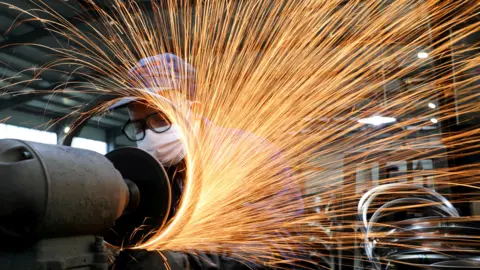 Reuters
ReutersIn addition, an exemption for imports valued at $800 (£592) or less has ended.
It means low-cost goods will no longer be duty-free – a move affecting millions of packages sent every day, including those from online retailers like Shein and Temu.
The companies shipping the parcels will pay duties based on the tariff rate which applies to the country from where the goods were sent. Otherwise, for six months, they can choose to pay a fixed fee of between $80 and $200 per package.
In September, Trump announced 100% tariffs on branded or patented drug imports. These will apply from 1 October, unless a company is building a factory in the US.
The president also said there would be tariffs of 25% on heavy-duty trucks and 50% on kitchen and bathroom cabinets.
Are prices going up for US consumers?
The impact of Trump’s policies is only starting to be felt, although shoppers have already seen prices rise for some products.
The cost of tomatoes, for example, rose 3.3% between June and July, while coffee was up 2.3%.
However, overall inflation has remained relatively muted, with prices up 2.7% in the 12 months to July.
Experts say there could be further price rises in the months ahead as firms adjust to the higher tariff rates which were introduced in August.
Firms such as Target and Walmart, as well as popular brands such as Adidas, are among companies warning about price rises.
The cost of goods manufactured in the US using imported components is also expected to rise.
For example, car parts typically cross the US, Mexican and Canadian borders multiple times before a vehicle is completely assembled.
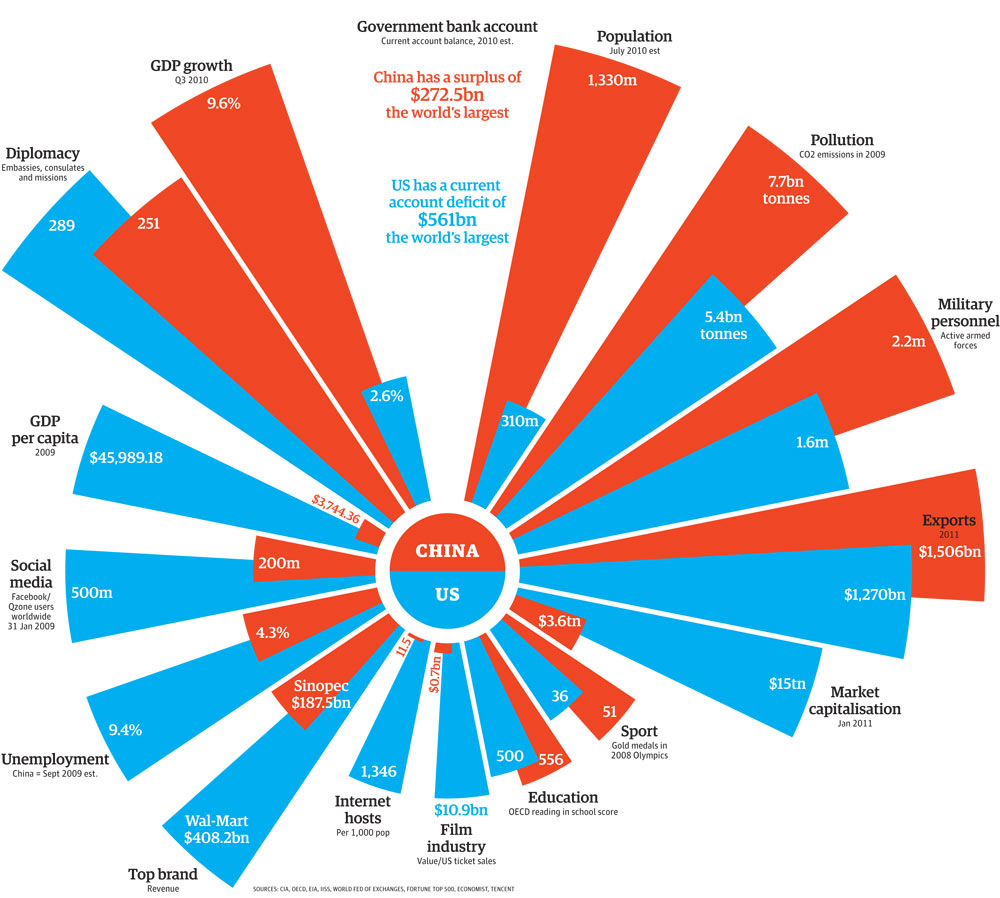
How have tariffs affected the economy?
Trump was accused of throwing the global economy into turmoil when he announced the introduction of tariffs.
Although financial markets have since recovered, the International Monetary Fund has predicted that tariffs will still lead to uncertainty and slower growth.
In July, it forecast globalgrowth of 3% in 2025 and 3.1% in 2026 – below the 3.3% it had projected for both years before Trump’s measures were announced.
The tariffs have hit the economies of key US trade partners particularly hard.
In Canada, unemployment has jumped to 7.1% and major forecasters expect growth of roughly 1.25% in 2025, compared with 1.8% predicted in January.
Meanwhile, growth in Chinaheld up better than expected in the first half of the year, even as exports to the US plunged.
In the US, the economy is also slowing, though big swings in trade have clouded the data.
The latest figures show the economy grew at an annual rate of 3% between April and June 2025, after shrinking in the first three months of the year.
The US government’s tariff revenues have shot up. Official US data shows that in June 2025 they were $28bn, triple the monthly total in 2024.
The Congressional Budget Office, an independent watchdog, estimated in June that the tariffs imposed between 6 January and 13 May 2025 would reduce government borrowing in the 10 years to 2035 by $2.5tn.
However, it also suggested tariffs would shrink the overall size of the US economy.
How Europe is vying for rare earth independence from China
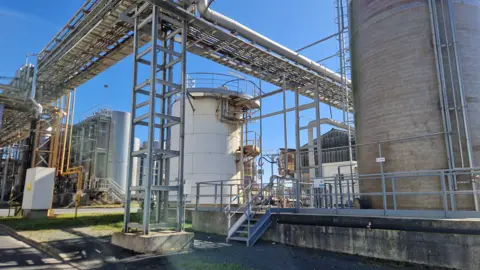
For almost 80 years rare earth metals have been pumped out of this industrial plant in La Rochelle on France’s west coast.
But as the materials become more and more crucial to the global economy, chemicals firm Solvay is expanding its processing plant next to the glistening Atlantic Ocean to meet surging demand across Europe.
This group of 17 metals are essential to huge amounts of modern technology such as smartphones, electric vehicles and wind turbines and MRI scanners.
However, around 70% of rare earths mining, and 90% of refining, happens in China, as a result of years of support from the Chinese government.
Europe, like many other parts of the world, is trying to reduce its dependence on importing these key metals from China. The future of Solvay’s plant will be critical to those ambitions.
“This is a market that is growing fast, and, also, there is a greater demand for shorter supply chains,” says Solvay’s CEO Philippe Kehren.
The Covid pandemic and the war in Ukraine have made companies and politicians try to remove some of the vulnerabilities in their supply chains.
“When you have a material that is coming almost 100% from one specific location, if you are dependent on this, you want to diversify your sourcing. This is what we can offer,” explains the boss of the Belgian chemicals giant.
That is why the EU’s Critical Raw Materials Act came into force last year. It sets targets for reducing dependence on imports for the extraction, processing and recycling of the most important substances by 2030.
Europe only has two rare earth processing facilities, one in Estonia and this one in western France. It is the only plant outside of China that can process all 17 different rare earths.
The increased investment in the facility comes as it is moving away from focusing on supplying rare earths for catalytic convertors, to instead focus on soaring demand for the magnets that are essential to electric car batteries, advanced electronics and defence systems.
For now the focus is on recycling rare earths that are already in Europe. “We think that we can probably produce 30% of the rare earths needed by Europe just by recycling end of life motors and other equipment,” says Mr Kehren.
As demand continues to grow that will change, and more virgin material will be needed from countries such as Brazil, Canada and Australia.
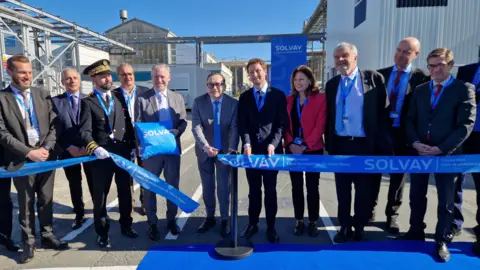 BBC / Jonathan Josephs
BBC / Jonathan JosephsThere are no operational rare earth mines in Europe. Projects in Norway and Sweden are amongst the most advanced, but its likely to be another decade before they are ready.
“I think it’s absolutely necessary to have our own mines, not necessarily a lot of them, because we can have a mix, but it’s important to have our own sourcing,” says Mr Kehren.
It is a complex process to turn those materials into the powders that are the end product of this plant.
It requires approximately 1,500 processes, and given the unique capabilities of this facility, outsiders are rarely allowed in. This is due to concerns about rivals potentially gaining some of the knowledge that is currently otherwise concentrated in China.
However we’ve been granted special access to one of the separation rooms that are a vital part of the closely-guarded know-how built up since this plant started operating in 1948.
“The objective of the liquid separation unit will be to purify cerium on one side, lanthanum on the other side,” explains production manager Florian Gouneau as we walk up a flight of metal stairs.
“It’s basically like if you have a multi fruit juice with orange juice, apple juice, pineapple juice, the objective of the liquid separation unit will be to separate apple juice on one side, orange juice on the other side, and so on.”
The room itself is about the size of a football pitch, and home to row after row of huge metal vats within which chemical reactions force the different rare earths apart.
This 40-hectare site employs more than 300 people. A vast collection of industrial buildings are joined together by an array of metal pipes moving substances through the processes.
Significant amounts of chemicals are stored in cylindrical tanks, and give the facility a distinct smell that is similar to a freshly-cleaned hospital ward.
I ask Mr Gouneau if he’s used to it after working here for three years. “What smell?” he jokingly replies.
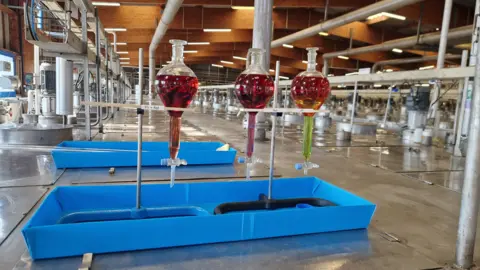 BBC / Jonathan Josephs
BBC / Jonathan JosephsThe site is also distinctly noisy and warm as vents continually hum. They expel hot air into an atmosphere that is also punctuated by seagulls unaware that they have a unique view of one of the most important frontlines in the global economy.
The French government is supporting this facility with about €20m ($23m; £17.4m) in tax credits.
“Having a dependency on a single source – it is dangerous because you cannot know what will happen to this source for various reasons,” says Benjamin Gallezot, who is President Macron’s adviser on strategic minerals and metals.
“It can be a geopolitical reason, but it can also be, you know, natural disaster or whatever.”
In the blazing sun he won’t be drawn on the impact of China trying to restrict access to its rare earths exports, a subject at the heart of continuing US China trade talks.
But Mr Gallezot does say: “I think economic cooperation is clearly more powerful than just only pure competition.”
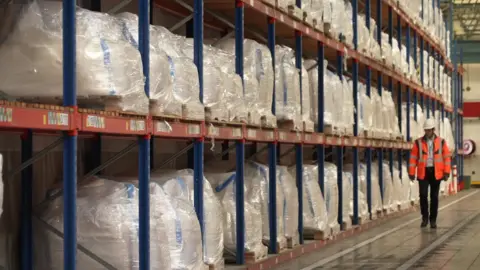 BBC / Tracey Langford
BBC / Tracey LangfordThe European Parliament wants the European Commission to do more to reduce that dependence on Chinese rare earths. It says Beijing’s controls are “unjustified” and “intended to be coercive“.
On a recent visit to Germany, China’s foreign minister Wang Yi said it was his country’s “sovereign right”, as well as being “common practice”, to control exports of goods that have both commercial as well as military uses.
That stance explains why securing access to raw materials has been at the heart of recent EU trade deals, such as the one it signed with Argentina, Brazil, Paraguay and Uruguay last year.
Western firms in the rare earths sector say they need more government support if they are going to catch-up with their Chinese rivals.
Rafael Moreno, the CEO of Australia’s Viridis Mining, says this backing, both regulatory and financial, “is the key right now”. His business is developing a vast rare earths mine in Brazil, which hopes to provide as much as 5% of the world’s rare earths.
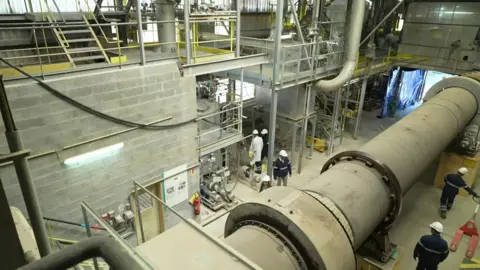
One reason China has forged ahead of the rest of the world regarding rare earths is that it has been more willing to handle the radioactive pollution that can be caused by the mining and processing.
Solvay also has rare earth operations in China, and Mr Kehren says “there are solutions to do it in a very responsible way without polluting”. He adds: “It costs a bit of money, so you need to be ready to pay a little bit more.”
Pricing is key to the future of the expanded La Rochelle plant, he says. He needs his customers, who supply carmakers and big tech firms, to commit to buying certain volumes of rare earths at certain prices.
The EU has written its targets for lowering imports into law, but he wants to see how they make them happen. “Are there going to be [financial] incentives, for example, for the different players in this value chain to source rare earth elements from Europe?”
Doing so would, he says, be good for the continent’s economy.
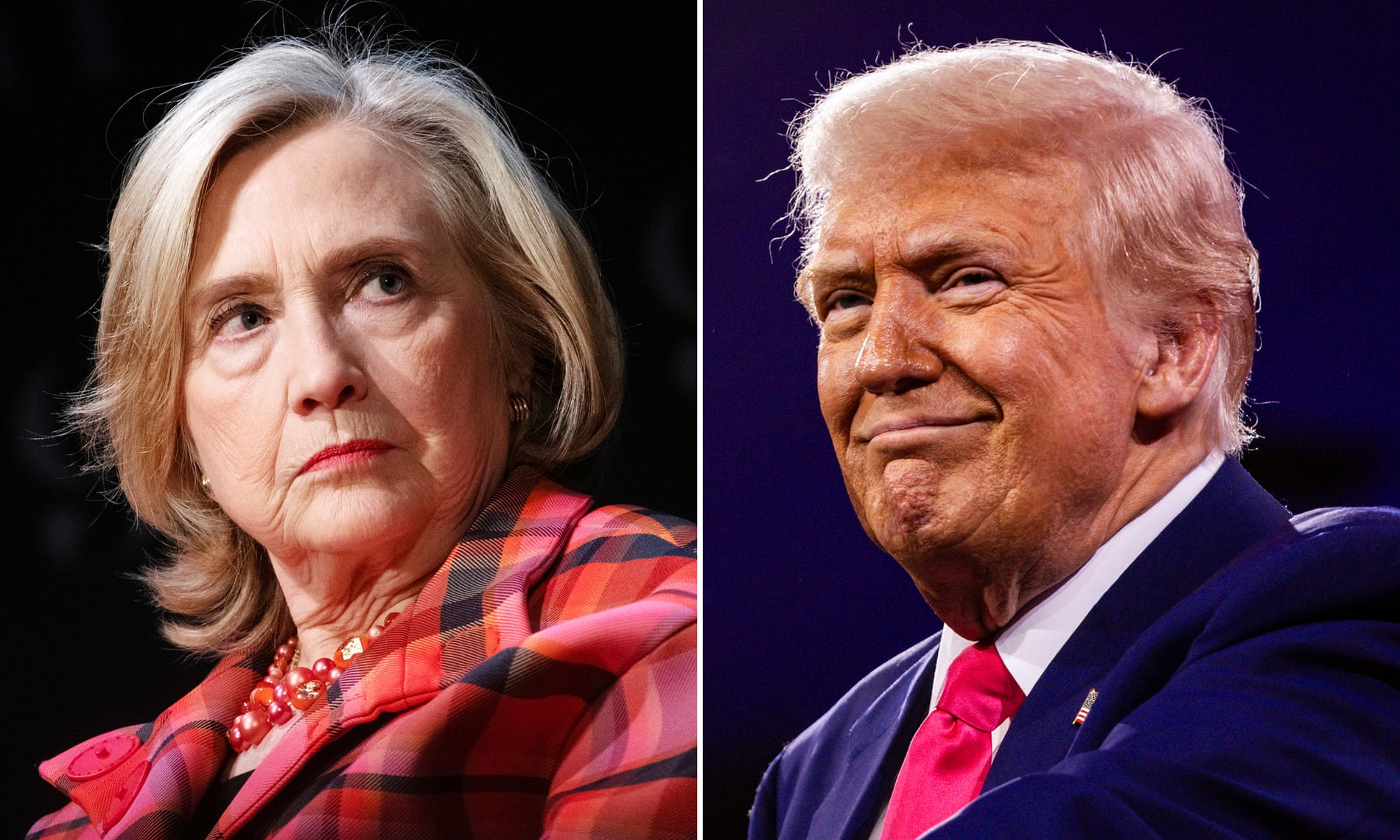









:max_bytes(150000):strip_icc()/ap_4346621549-2000-a4f5b5004ec84decb7c1ed85a0050271.jpg?w=1200&resize=1200,0&ssl=1)














:max_bytes(150000):strip_icc():focal(557x334:559x336):format(webp)/Women-Throw-Bark-Mitzvah-For-Their-Dogs-13th-Birthday-101425-tout-55dda658ec3545b3b73f047cd29cafe5.jpg?w=1200&resize=1200,0&ssl=1)









:max_bytes(150000):strip_icc()/sharon-ozzy-osbourne-23rd-Annual-Elton-John-AIDS-Foundation-Academy-Awards-Viewing-Party-2015-100925-ace92e7fd9b848c4a71a6eac52c3ac9b.jpg?w=1200&resize=1200,0&ssl=1)

:max_bytes(150000):strip_icc():focal(749x0:751x2):format(webp)/kelly-osbourne-weight-loss-121025-b283f8fca8744c28ad8f9cdff86eea30.jpg?w=1200&resize=1200,0&ssl=1)


:max_bytes(150000):strip_icc():focal(749x0:751x2)/blake-lively-ryan-reynolds-112125-6d83ee2e446a4e7986a2027dc72f7f51.jpg?w=1200&resize=1200,0&ssl=1)

